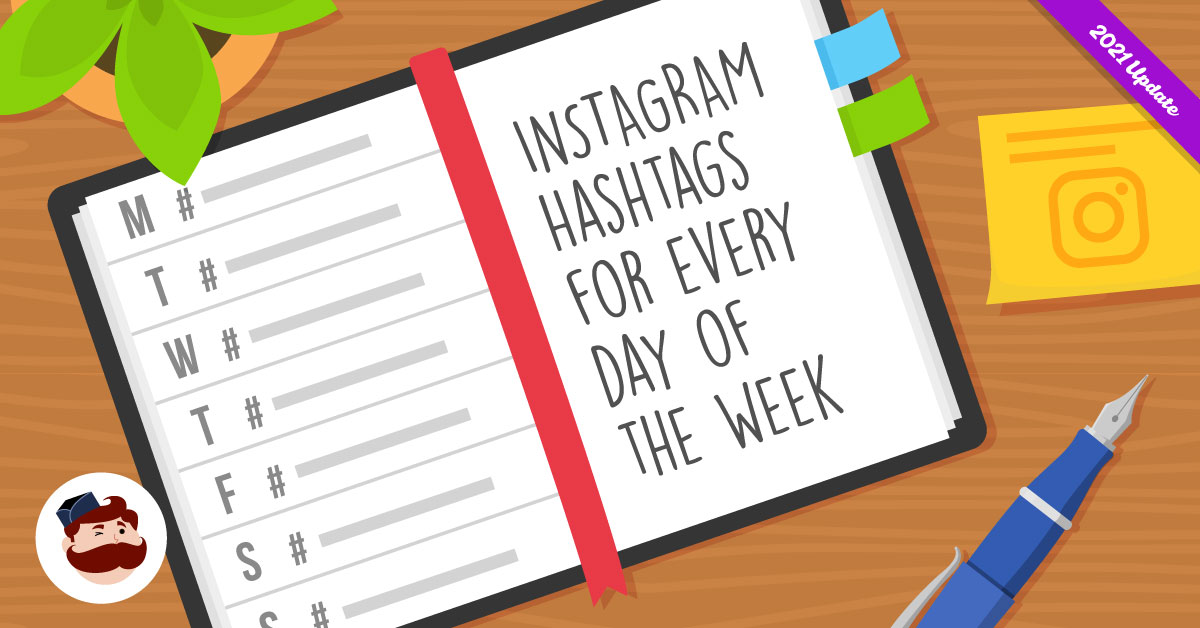You work tirelessly to understand your customer, market, and competition so you can differentiate. Voice-of-customer (VoC) research, user research, competitor research, and insights on jobs-to-be-done (JTBD) can inform your marketing strategy.
Brand tracking is how you measure if those efforts are paying off.
Brand tracking provides both qualitative and quantitative answers to crucial questions:
- How do your customers perceive your brand?
- Are your campaigns driving conversions?
- Do consumers know who you are?
- Does your messaging at each touchpoint match customer intent?
- Is your brand part of most consumers’ consideration set?
- Have you built perceived value?
In this article, we’ll share key brand tracking metrics and methods for how to measure and optimize your success.
Key brand tracking metrics
Brand tracking measures the changes in your brand perception, and provides some insight into branding investment ROI. But branding spend (and thus tracking) can’t be measured in a vacuum.
Unlike conversion rate formulas that produce statistically significant results, the ROI of brand awareness is less obvious and quantifiable. But that doesn’t make it any less valuable.
Qualitative data is a powerful indicator of positive changes in your brand awareness and customer sentiment. To efficiently track brand awareness growth, you need to draw out both quantitative data and qualitative insights.
NPS & CSAT
NPS (Net Promoter Score) and CSAT (Customer Satisfaction Score) are both methods of quantifying customer sentiment and satisfaction.
Use NPS to track improvements in customer experience against baselines and competitor data, and to make predictions for future growth (NPS and loyalty are highly correlated):


CSAT asks customers to rate their satisfaction with your brand on a scale from 1 to 5.
Use this to measure customer satisfaction at each touchpoint to identify points of friction and opportunities for improvement.
For example, you could deploy CSAT surveys at various parts of the buyer’s journey (distributed across leads so as not to bombard a single customer with multiple questions). You might find that, on average, your CSAT score is lowest at the handoff point between sales and service.
This would show you exactly where your brand experience needs work.
Brand loyalty
Brand loyalty is a quantitative brand tracking measure that often relies on purchase intent data.
Supplement brand loyalty metrics with qualitative measures such as brand associations and perceived quality, as these can give you insight into why customers intend to repurchase.
For example, if a significant portion of customers intend to repurchase simply because you offer the lowest prices, give less weight to brand loyalty in the final analysis. In this case, you’ve captured customer loyalty, but perhaps not brand loyalty.
Brand usage
Brand usage metrics provide insights such as:
- Frequency of purchase
- How customers purchase (when and where)
- Purchase quantity/amount (how much)
- Share of wallet (percentage of spending in the sector that your brand receives)
Use this data to understand consumer behavior and to develop
Continue reading here
![The Content Factory [VIDEO]](https://jeffcassman.biz/wp-content/uploads/2021/10/YOUTUBETHUMB_Dennis-Yu_1-1200x675.png)















 ‘ + data.settings.title + ” : ” }}} ]]>
‘ + data.settings.title + ” : ” }}} ]]>


